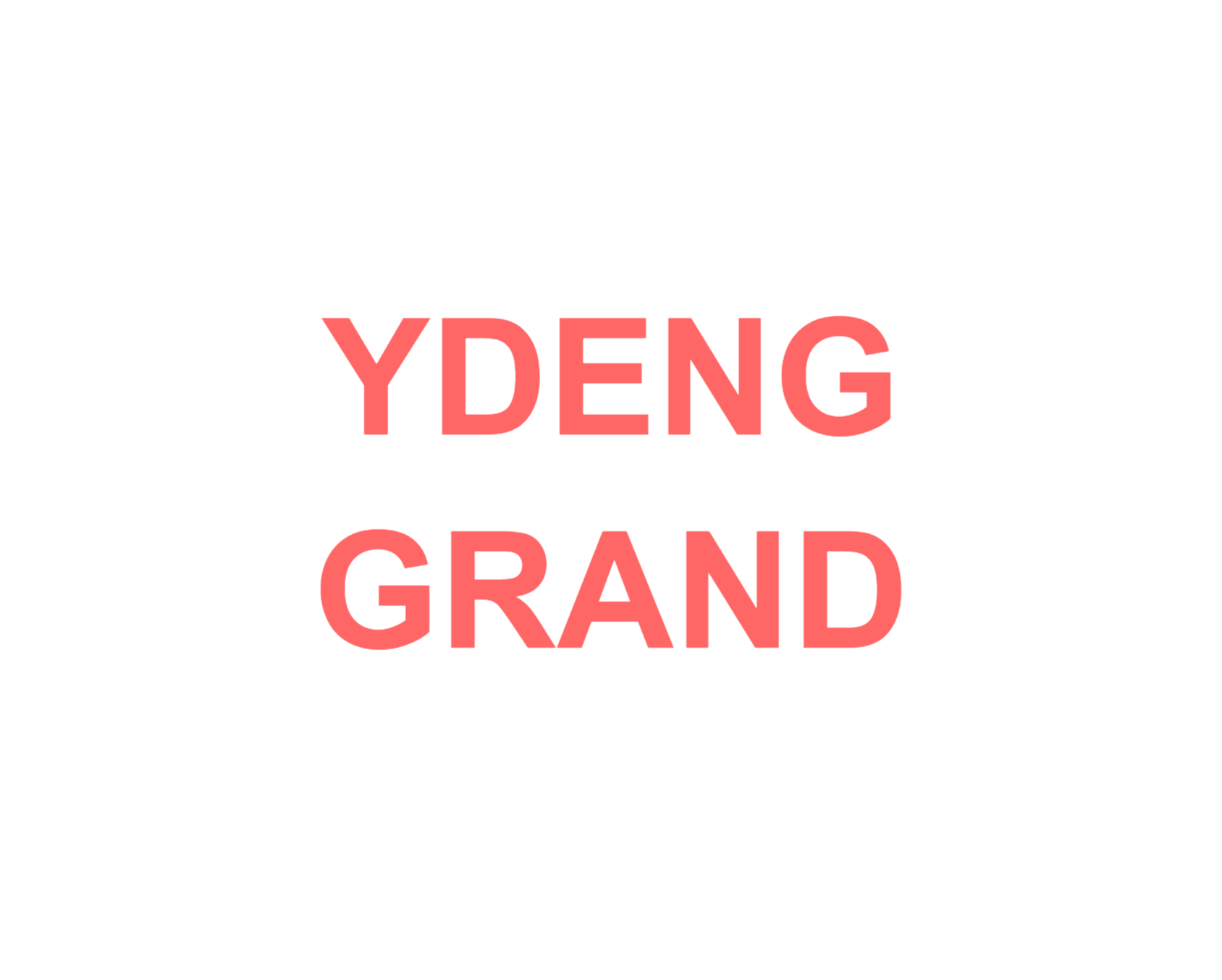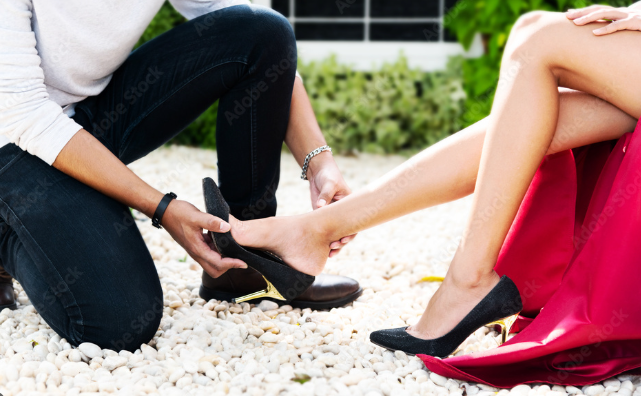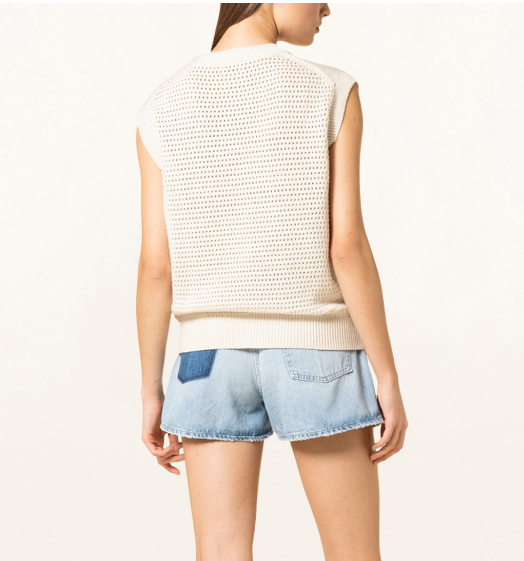The interplay between beauty and flowers transcends mere aesthetics. From ancient rituals to modern skincare, flowers have shaped humanity’s perception of allure. This article delves into their symbolic resonance, scientific contributions to cosmetics, and cultural roles. Discover how petals, fragrances, and pigments inspire innovation while connecting us to nature’s timeless elegance.
The Symbolic Language of Flowers
Flowers have long served as a silent yet eloquent vocabulary of beauty, their forms and hues encoding values that transcend spoken language. In Greek mythology, the rose emerged as a symbol of divine allure, its crimson petals born from Aphrodite’s tears and the blood of her lover Adonis. The flower’s velvety texture and intoxicating scent became synonymous with love’s duality—its thorns a reminder of desire’s fleeting, often painful nature. Similarly, the lotus in Eastern traditions embodies spiritual perfection, its pristine blooms rising from murky waters to mirror the soul’s journey toward enlightenment. Buddhist art frequently depicts deities seated atop lotus thrones, their layered petals representing cosmic order and the unfolding of inner beauty.
In Japan, the ephemeral sakura (cherry blossom) crystallizes the aesthetic of mono no aware—the poignant beauty of impermanence. Delicate pink petals, scattered by spring winds, evoke both celebration and melancholy, reflecting a cultural reverence for transient grace. Meanwhile, the Mughal emperors of India intertwined floral motifs with architectural splendor, carving marble lotuses into palace walls as symbols of purity and eternal renewal.
Color amplifies this symbolic lexicon. White lilies, associated with the Virgin Mary’s innocence in Christian iconography, contrast with the fiery orange marigolds guiding spirits during Mexico’s Día de los Muertos. Scent, too, plays alchemist: the heady aroma of jasmine has been linked to sensuality in Persian poetry, while the subtle fragrance of chrysanthemums in Chinese literati traditions signified refined austerity. These sensory elements coalesce into a universal grammar, where flowers articulate beauty not as static ideal but as lived emotion—fragile, layered, and eternally resonant.
Floral Ingredients in Historical Cosmetics
Long before modern science decoded their biochemical secrets, flowers were the untitled alchemists of ancient beauty rituals. Civilizations harnessed their petals, oils, and essences not just for symbolic resonance—as explored in the language of blooms—but as transformative agents of physical allure and wellness. The Egyptian blue lotus (Nymphaea caerulea), for instance, was steeped in oils to create perfumed unguents believed to channel divine grace. Prized for its mild euphoric properties and honey-like scent, it adorned skin during religious ceremonies and daily life, merging spirituality with cosmetic enhancement. Residues in tomb artifacts suggest it was also blended into facial treatments to soothe inflammation, a testament to its enduring skincare legacy.
In Rome, the golden stamens of saffron crocus (Crocus sativus) were ground into luxurious pastes. Pliny the Elder documented its use in scrubs and ointments to brighten complexions and mitigate blemishes, leveraging its antioxidant-rich compounds for a “radiant visage.” Elite Roman women soaked in baths infused with saffron and rose petals, a ritual straddling opulence and dermatology. Similarly, Ayurvedic archives detail jasmine (Jasminum officinale) as a cornerstone of sneha (oleation therapies). Night-blooming flowers were cold-pressed into oils to balance skin’s moisture, their sedative aroma intertwining with their ability to calm irritation and promote elasticity.
These practices weren’t purely aesthetic. The blue lotus’s anti-inflammatory flavonoids, saffron’s crocin-driven illumination, and jasmine’s wound-healing terpenes reveal an intuitive grasp of botanicals’ dual roles. Flowers bridged ephemeral beauty and lasting nourishment, their applications preserved in papyrus scrolls, poetries, and oral traditions. As we transition to modern innovations, this historical synergy—where petals were both ornament and remedy—echoes in laboratories dissecting chamomile’s azulene or hibiscus’s mucilage, proving ancient intuition often bloomed ahead of its time.
Modern Skincare and Floral Extracts
Building on the ancient reverence for floral ingredients, modern skincare has harnessed advanced science to decode and amplify the benefits of botanical extracts. Flowers like chamomile and hibiscus are no longer just symbolic—they are clinically validated powerhouses. Chamomile’s anti-inflammatory properties, attributed to compounds like bisabolol and apigenin, have been shown in a 2020 Journal of Dermatological Science study to reduce redness and soothe conditions like eczema. Its integration into serums and toners reflects a shift toward gentler, nature-driven solutions for sensitive skin.
Hibiscus, celebrated for its high vitamin C content and antioxidant-rich flavonoids, combats oxidative stress linked to premature aging. A 2019 International Journal of Cosmetic Science trial demonstrated that topical application of hibiscus extract increased collagen production by 23% over eight weeks, making it a staple in firming creams and overnight masks. Brands now pair these extracts with hyaluronic acid or peptides, merging traditional botany with cutting-edge biochemistry.
The efficacy of floral compounds hinges on extraction methods. Cold-pressed rosehip oil preserves delicate fatty acids, while steam distillation captures lavender’s terpenes without degradation. Clinical validation is key: calendula’s wound-healing prowess, once anecdotal, is now backed by Phytotherapy Research findings confirming its ability to accelerate skin barrier repair.
Yet, the allure isn’t purely scientific. The sensory experience of floral-infused skincare—a jasmine-scented emulsion or the velvety texture of a lotus cream—bridges biological function and emotional resonance, a theme that foreshadows the psychological dimensions of floral beauty. As consumers demand transparency, brands highlight dual-purpose ingredients that marry measurable results with the timeless poetry of petals, ensuring flowers remain rooted in both lab reports and luxury.
The Psychology of Floral Aesthetics
The allure of flowers extends beyond their biochemical benefits, weaving into the very fabric of how humans perceive and experience beauty. Studies reveal that floral aesthetics engage both sight and smell, triggering cascades of emotional and cognitive responses. For instance, the scent of lavandula angustifolia (lavender) has been shown in controlled trials to lower cortisol levels by up to 24%, creating a measurable sense of calm—a phenomenon capitalized on by brands like L’Occitane in their sleep-focused skincare lines. Similarly, the heady aroma of rosa damascena activates brain regions linked to emotional processing, evoking feelings of luxury and nostalgia, a tactic harnessed by perfumers from Chanel to Jo Malone.
Color psychology further amplifies this synergy. Red roses or violet irises aren’t just visually striking; their hues trigger subconscious associations—red with passion, violet with serenity—shaping how beauty products are marketed. A 2021 study in the Journal of Consumer Psychology found that cosmetics in petal-inspired pink packaging were perceived as 37% more “gentle” than neutral-toned counterparts, driving brands like Glossier and Fenty to prioritize floral palettes. Even transient exposures to floral imagery, such as cherry blossoms in ads, can induce fleeting boosts in happiness, priming consumers to associate products with positivity.
Beauty companies leverage this neuroscience-art hybrid to evoke specific moods. Sunday Riley’s blue tansy oil, tinted azure by chamomile’s cousin, markets tranquility through both hue and herbal lore, while Aesop’s geranium-leaf formulations pair vibrant green packaging with fresh, tangy scents to signal “natural vitality.” These strategies aren’t accidental but rooted in cross-disciplinary insights: florals don’t just adorn—they persuade. As visual culture increasingly blurs with sensory marketing via platforms like Instagram, the line between petal and product dissolves, setting the stage for fashion’s next floral reimagining.
Flowers in Fashion and Photography
Flowers have long transcended their botanical roots to become living metaphors in fashion and photography, where their forms and hues are reimagined as wearable art and visual narratives. In haute couture, designers like Christian Dior and Alexander McQueen have elevated floral motifs beyond decoration, embedding them into the DNA of their collections. Dior’s 1947 New Look corolla-shaped skirts mimicked unfurling petals, while McQueen’s 2007 Sarabande collection featured decaying floral embroideries, juxtaposing beauty with mortality. These creations reflect flowers’ dual role as symbols of both ephemerality and opulence—themes echoed in Japanese beauty campaigns. Brands like Shiseido harness cherry blossoms in spring collections, using pale pinks and delicate textures to evoke mono no aware, the poignant appreciation of transience. The blossoms’ fleeting bloom parallels fashion’s cyclical trends, where yesterday’s wilting styles are reborn in new seasons.
In photography, flowers amplify storytelling through color psychology and composition. Editorial shoots like Annie Leibovitz’s sunflower-drenched spreads for Vogue manipulate the flower’s saturated yellows to convey warmth and resilience, echoing Van Gogh’s iconic depictions. Meanwhile, photographers such as Nick Knight collaborate with florists to construct immersive sets—orchids cascading over models in Erdem gowns or roses frozen mid-shatter in high-speed shots. These collaborations blur the line between organic and engineered beauty.
On Instagram, floral aesthetics dominate as both filter and façade. Influencers curate feeds with #FloralFashion—tulip-shaped eyeliner, hydrangea-dyed hair, or Dahlia-inspired nails—transforming petals into digital currency. The platform’s algorithm favors vibrancy, rewarding posts flooded with poppy-red backdrops or lavender fields, which tap into primal associations of florals with vitality. Yet, this democratization also raises questions: when a rose-filtered selfie garners more likes, does it mirror timeless ideals or flatten cultural nuance? As the next chapter explores, flowers in rituals carry deeper heritage—but in fashion and pixels, they remain nature’s most versatile muse.
Rituals and Blooms Across Cultures
From haute couture runways to the quiet intimacy of self-care, flowers transcend mere ornamentation, weaving themselves into the fabric of human rituals that celebrate beauty as both personal and collective expression. Across cultures, blossoms anchor ceremonies, their colors, scents, and symbolic resonance enriching traditions that bind communities and elevate the mundane into the transcendent.
In Hawaii, the lei exemplifies this duality. Far more than a floral necklace, its creation—often using fragrant plumeria, velvety orchids, or vibrant ti leaves—is a meditative act, with each hand-strung blossom embodying aloha (love) and respect. Offered at graduations, weddings, or arrivals, leis ceremonially connect individuals to the land (āina) and to one another. The transient beauty of wilted petals mirrors life’s impermanence, a poetic reminder to cherish connection.
India’s wedding ceremonies revolve around marigold garlands, their fiery orange and gold hues symbolizing the sun’s luminosity and marital fertility. Unlike fleeting fashion motifs, these genda phool garlands are ritual objects: the exchange (vara mala) signifies mutual acceptance, while their pungent aroma is believed to repel negative energy. Communities collectively weave meters-long garlands, turning artistry into a social sacrament. The marigold’s durability—blooms lasting days without water—echoes aspirations for enduring union.
In Turkey, roses transform purification into luxury. The Isparta rose, distilled into gül yağı (rose oil), has been central to hammam rituals since Ottoman times. Petals steeped in water release hydrating oils, their scent elevating baths to sensorial ceremonies. Beyond skincare, the ritual embodies keyif—a Turkish concept of mindful pleasure—bridging beauty and well-being. Today, this tradition fuels a global demand for rose-infused cosmetics, hinting at the ethical sourcing practices the next chapter will explore.
These rituals reveal a shared truth: floral beauty is never passive. It demands participation—stringing, weaving, steeping—and in that labor, cultures preserve bonds as delicate and enduring as the blossoms themselves.
Sustainability in Floral Beauty Products
As ancient cultures wove flowers into rituals that honored both beauty and community, modern innovators now harness floral abundance with an eye toward preserving the ecosystems that sustain it. The shift from symbolic reverence to scientific stewardship has birthed a wave of eco-conscious beauty products rooted in circularity. Upcycled floral ingredients, such as rose water distilled from petals left after rose oil extraction, exemplify this ethos. Brands like Floralibre partner with organic farms to transform “waste” into hydrating mists, aligning luxury with resource efficiency—a practice echoing the zero-waste philosophies of traditional flower rituals.
Biodegradable packaging further blurs the line between function and artistry. Companies embed pressed calendula or chamomile blossoms into plant-based cellulose wrappers, creating compostable containers that degrade into nutrients rather than microplastics. These designs mirror the ephemeral beauty of ceremonial garlands, dissolving harmlessly back into the earth.
Ethical sourcing, underscored by certifications like Fair Wild and UEBT (Union for Ethical BioTrade), ensures wildflowers and botanicals are harvested without depleting natural habitats. For instance, Bulgarian rose pickers under Fair Wild guidelines limit harvests to 30% of wild stocks, preserving biodiversity while supporting rural livelihoods. Such frameworks protect not just ecosystems but cultural heritage: lavender fields in Provence or Moroccan argan forests thrive because ethical practices value longevity over extraction.
The push for transparency reveals profound connections between sustainability and sensory appeal. A moisturizer crafted from upcycled jasmine isn’t merely a product—it’s a testament to interdependence, where petals once adorning temples now nourish skin without taxing the planet. This synergy between ecological integrity and aesthetic innovation prepares the ground for exploring how floral artistry, like Japan’s ikebana, continues shaping ideals of balance in beauty.
The Art of Floral Arrangement and Beauty
In the interplay of tradition and modernity, the ancient Japanese art of ikebana has become a muse for minimalist beauty aesthetics. Rooted in Zen Buddhism, ikebana transcends mere floral decoration, embodying principles of asymmetry, negative space, and reverence for imperfection. These concepts parallel today’s skincare and wellness industries, where brands like Shiseido and Aesop leverage wabi-sabi philosophies—emphasizing simplicity and authenticity—through uncluttered packaging and formulations stripped to their most potent essentials. The deliberate restraint of ikebana, where each stem’s placement carries meaning, mirrors the curatorial approach to ingredients in serums and moisturizers, favoring quality over quantity.
Spa environments similarly echo ikebana’s spatial harmony. Designers incorporate asymmetrical arrangements of seasonal blooms alongside raw materials like stone and unfinished wood, creating zones of ma (intentional emptiness) to evoke calm. Luxury retreats in Kyoto and Tokyo integrate ikebana installations as focal points, their transient beauty mirroring skincare’s emphasis on ritual and mindfulness. This alignment extends to color palettes: muted tones inspired by petals and stems dominate product lines, avoiding visual clutter while suggesting purity.
- Skincare brands adopt ikebana’s “less is more” ethos, replacing lengthy ingredient lists with single-botanical extracts.
- Biodegradable containers mimic the organic curves of ceramic kenzan (flower frogs), blending function with sculptural form.
- Guided by ikebana’s seasonal focus, spas rotate treatments based on blooming cycles—cherry blossom hydrators in spring, chrysanthemum-infused compresses in autumn.
This synergy between floral art and beauty underscores a cultural shift toward intentionality—where every element, like an ikebana arrangement, serves a purpose. As sustainability (explored earlier) reshapes ingredient sourcing, minimalism refines their presentation, creating a bridge to future innovations where biotechnology might distill these principles into lab-crafted precision.
Future Innovations in Floral Biotechnology
The interplay between beauty and flowers has always thrived on evolution, and the next frontier lies in laboratories where science reimagines nature’s palette. While traditional practices revered floral aesthetics, modern biotechnology is decoding their essence at molecular levels, unlocking possibilities once confined to imagination.
Advances in lab-grown floral compounds are reshaping sustainability in cosmetics. Brands like Nutrigense and Arcaea now cultivate rose damascena essence through biofermentation, bypassing water-intensive farming. Similarly, algae-based extracts—pioneered by Algenist—mimic rare floral antioxidants, offering ocean-sourced alternatives to overharvested botanicals. These methods not only preserve ecosystems but also yield purer, allergen-free actives tailored for sensitive skincare.
CRISPR gene-editing accelerates this revolution, enabling flowers engineered for beauty science. Researchers at FleurGene have reprogrammed irises to produce ultramarine pigments, once exclusive to synthetic dyes, for eco-friendly makeup lines. Meanwhile, orchid varieties spliced with lichen genes yield novel antimicrobial compounds, blending floral elegance with functional skincare benefits. Such innovations echo nature’s artistry while transcending its limitations.
Fragrance, too, is undergoing transformation. Startups like Osmo employ AI algorithms to deconstruct the scent profiles of extinct or climate-threatened blooms, recreating them through synthetic biology. Givaudan’s Carto platform maps fragrance molecules against consumer emotions, designing perfumes that evoke the serenity of cherry blossoms or the vibrancy of alpine edelweiss—without harvesting a single petal.
Artistry persists in this tech-driven landscape: bioreactors cultivating floral cells are choreographed into swirling patterns, merging microbiology with minimalist design ethos. These “living labs” draw inspiration from organic forms, resonating with the balance celebrated in Ikebana yet reimagined through synthetic biology.
As petals meet petri dishes, the bond between beauty and flora deepens—not through mimicry, but mutual reinvention. The future blooms where science nurtures nature’s intent, crafting elegance that’s both timeless and unprecedented.
Conclusions
From symbolism to science, flowers remain central to humanity’s beauty narrative. They bridge tradition and innovation, offering sustainable solutions while enchanting our senses. As we rediscover nature’s wisdom, the bond between beauty and flowers grows ever deeper—a testament to their enduring power to inspire, heal, and captivate.















